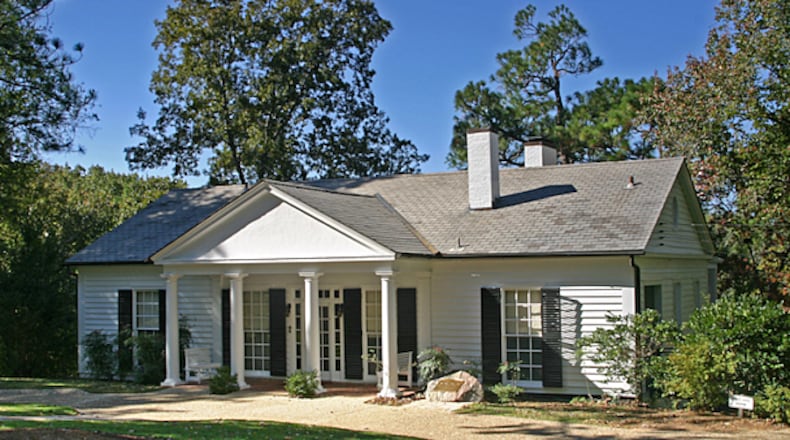Georgia’s state parks and historic sites are spread throughout the state, with each offering its own unique appeal. For history buffs, it’s an opportunity to walk in the footsteps of those who came before us.
These three state historic sites make for perfect weekend trips:
Little White House State Historic Site, Warm Springs
401 Little White House Road, Warm Springs, GA 31830
Franklin Delano Roosevelt’s long-lasting bond to Warm Springs is well known, and a visit to this historic site gives you a first-hand look at this part of history.
Roosevelt’s home in Warm Springs, the Little White House, has been well preserved and is open for tours. You can also see the nearby pool complex that attracted Roosevelt to the area as he sought a cure for his polio. The 1938 Ford convertible that was outfitted with hand controls so he could drive it around the roads of the rural area is also on display. You can even see a poignant part of history through the unfinished portrait Roosevelt was posing for when he suffered a cerebral hemorrhage that led to his death.
Etowah Indian Mounds State Historic Site, Cartersville
813 Indian Mounds Road SE, Cartersville, GA 30120
If you’re interested in Native American history, consider a visit to the Etowah Indian Mounds. The site was home to thousands of Native Americans from 1000 A.D. to 1550 A.D. You can climb steps to the top of six earthen mounds that were used for religious rites and as a burial site for nobles.
You can also walk along a nature trail beside the Etowah River to learn about how trees were used for food and medicine and how the Native Americans used traps to catch fish.
A.H. Stephens State Park, Crawfordville
456 Alexander Street NW, Crawfordville, GA 30631
Are you a Civil War buff? Take a trip to Crawfordville, located west of Augusta, to see the home of A. H. Stephens, a governor of Georgia who was also vice president of the Confederacy. It’s fully furnished and has been renovated to its 1875 style and is available for tours. While you’re at the park, make sure to stop by the Civil War museum, which has one of the state’s best collections of artifacts.
About the Author
Keep Reading
The Latest
Featured


